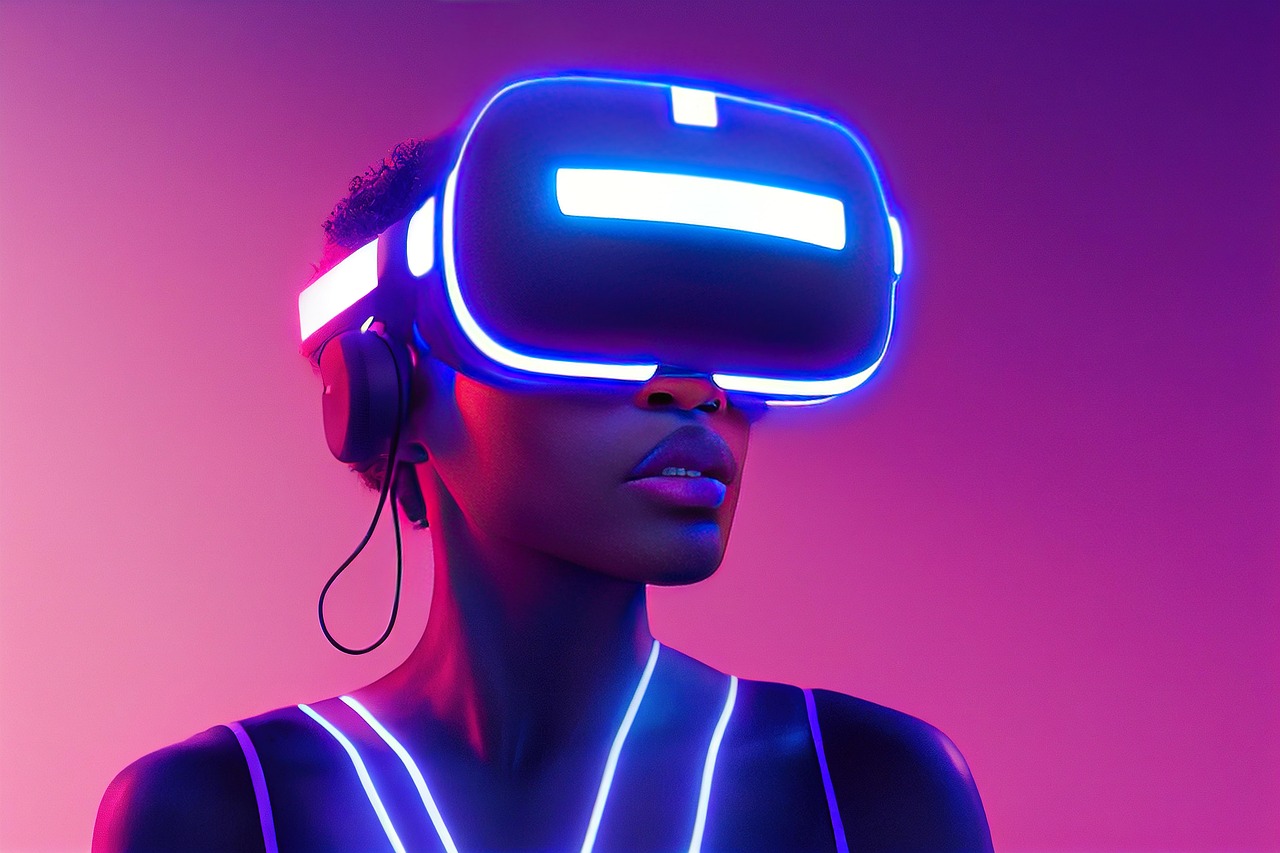Anduril Industries has unveiled EagleEye, its ambitious new line of mixed-reality headsets designed specifically for military applications, with founder Palmer Luckey making characteristically bold claims about solving the technical challenges that have plagued previous military AR systems. The announcement comes as the defense startup competes for lucrative Army contracts worth potentially billions of dollars.
Palmer Luckey’s Confident Return to AR
Palmer Luckey, the controversial tech entrepreneur who founded Oculus VR before selling it to Meta (then Facebook) for $2 billion, is bringing his expertise back to the mixed-reality space—this time for military applications. During a media briefing last week, Luckey didn’t mince words about his company’s capabilities: “I have got this shit figured out. I’ve done this before. I’ve done it more or less perfectly,” he told reporters when discussing how EagleEye will address the cyber sickness issues that plagued the Army’s earlier Integrated Visual Augmentation System (IVAS) prototypes.
The founder’s confidence extends beyond just technical prowess. “Its very clear that we are going to have to save the day on this,” Luckey stated separately, adding that he’s “very happy that it seems to all be panning out”. This assertiveness reflects both his track record in VR development and Anduril’s growing position as a major defense technology contractor.
A Different Approach to Military AR
What sets EagleEye apart from previous military AR attempts is its fundamental design philosophy. Unlike optically transparent displays, EagleEye employs what Anduril describes as “a night vision pass through system” that uses cameras to create a mixed-reality environment rather than overlaying digital information on a see-through display. This video pass-through approach is similar to what Meta has implemented in its Quest 3 and Quest Pro headsets, though adapted specifically for military operational requirements.
Anduril is developing four distinct EagleEye variants to meet different battlefield needs. The lightest version weighs just 80 grams (2.8 ounces) and integrates with Oakley standard issue glasses, providing soldiers with an unobtrusive AR system for routine operations. At the other end of the spectrum, the company is designing a ballistic, full-face shield variant in-house that offers enhanced protection while maintaining the mixed-reality capabilities.
Competing for the Army’s Future
The unveiling at the Association of the US Army’s (AUSA) annual conference in Washington represents a critical milestone for Anduril, which has secured one of two development contracts with the Army for the follow-on IVAS program. The company is simultaneously competing for the Army’s Soldier Borne Mission Command (SBMC) hardware contract while already holding the SBMC-Architecture contract that administers the software controlling these headsets.
Beyond just selling hardware, Luckey envisions EagleEye establishing an industry standard that could support an entire ecosystem of compatible devices. “My dream is, maybe 10 years from now, that there are dozens of different providers who are making Eagle Eye-compatible headsets, and they’re all able to share a common architecture, common data format, a lot of the same interconnects and standards around energy and data transmission,” he explained. This open-platform approach could revolutionize how the military procures and deploys augmented reality technology.
Addressing Past Failures
The Army’s previous IVAS program, which partnered with Microsoft, faced significant challenges including reports of cyber sickness among soldiers testing the devices. These issues threatened to derail the program entirely, creating an opening for new competitors like Anduril. Luckey’s experience with Oculus, where he pioneered consumer VR technology that minimized motion sickness through high refresh rates and low latency, positions him uniquely to solve these military-specific problems.
The fully sealed helmet variant that Anduril is developing also promises better protection from traumatic brain injury, addressing another critical concern for military applications. This focus on soldier safety alongside technological capability demonstrates how defense contractors must balance innovation with practical battlefield requirements.
Beyond Headsets: Expanding Product Lines
Alongside EagleEye, Anduril also unveiled a new body armor product line at AUSA, signaling the company’s broader ambitions to become a comprehensive provider of soldier systems rather than just a drone and AI company. This diversification strategy could strengthen Anduril’s position in competing for integrated soldier system contracts where multiple capabilities need to work together seamlessly.
The timing of these announcements reflects the broader transformation happening in defense procurement, where the Pentagon increasingly looks to non-traditional contractors and Silicon Valley startups to deliver next-generation capabilities. Anduril, valued at over $14 billion, has positioned itself at the forefront of this shift, leveraging commercial technology development practices to deliver military hardware faster and at potentially lower costs than traditional defense primes.
As the competition for military AR contracts intensifies, Anduril’s EagleEye represents not just a new product but a philosophical challenge to how the military approaches emerging technologies. Whether Luckey’s confidence proves justified will depend on how well these systems perform in rigorous military testing over the coming months.
Sources:
-
Breaking Defense - “‘I have got this s— figured out’: Anduril unveiling EagleEye mixed-reality device at AUSA” - https://breakingdefense.com/2025/10/i-have-got-this-s-figured-out-anduril-unveiling-eagleeye-mixed-reality-device-at-ausa/
-
Defense One - “Anduril debuts Eagle Eye, a modular, AI-powered soldier headset” - https://www.defenseone.com/defense-systems/2025/10/anduril-debuts-eagle-eye-modular-ai-powered-soldier-headset/408775/
Photo by BrianPenny on Pixabay
